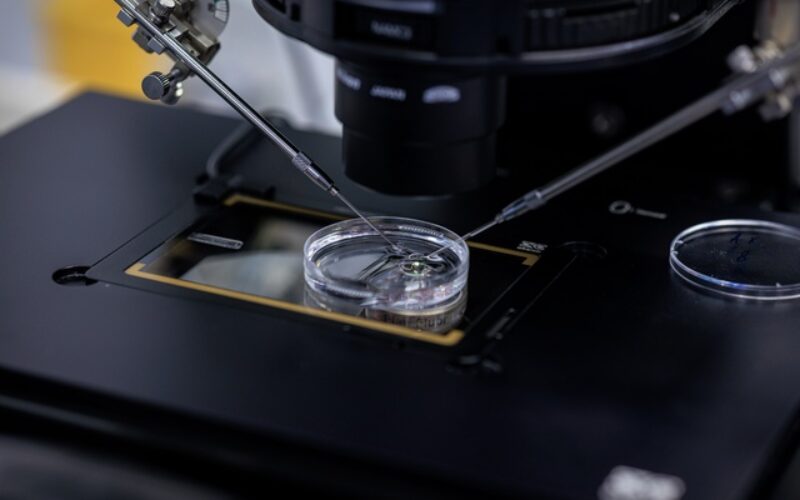These precise devices play a critical role in contemporary studies, enabling researchers to work at a microscopic scale with remarkable accuracy. By the time you finish reading this, you’ll understand what micromanipulators are, the types available, and how they are shaping advancements in areas like cell biology and neurobiology.
What Are Micromanipulators?
Micromanipulators are sophisticated devices designed to manipulate tiny objects or specimens under a microscope with measurable precision. Scientists use them to carry out tasks that require exact positioning, such as injecting small volumes into cells or moving minute samples. Typically paired with a microscope, they provide the delicate control needed during high-precision experiments that are impossible to achieve with the human hand alone. Micromanipulators serve a vital purpose in enabling researchers to observe, interact with, and experiment on systems in ways that push the boundaries of modern science.
Types of Micromanipulators
Micromanipulators are available in two primary types, each catering to distinct research needs. Manual micromanipulators require the researcher to adjust positions by hand using fine controls. These are typically suited for tasks where minimal adjustments are needed, and affordability is a priority.
On the other hand, motorized micromanipulators offer highly accurate electronic controls, allowing researchers to make more refined movements. These are most useful when consistency, repeatability, or precision in complex tasks is involved. The choice between manual and motorized micromanipulators depends on a project’s requirements, which can vary widely across research disciplines.
Applications in Cell Biology
Micromanipulators are indispensable tools in cell biology. They enable researchers to perform delicate procedures such as injecting materials directly into live cells, a process often used in genetic modification or drug testing. Scientists can use micromanipulators to extract specific cell components or study the effects of various treatments on individual cells. This level of precision helps advance knowledge about cellular functions, aiding discoveries that underpin medical advancements.
For example, micromanipulation techniques are pivotal in techniques like CRISPR gene editing, where delivering molecular components to cells requires extraordinary precision. Without micromanipulators, these advancements would be nearly impossible to achieve.
Neuroscience Breakthroughs
Micromanipulators have revolutionized the field of neurobiology. They are essential for studying neurons, which are among the smallest and most complex structures in the body. Researchers rely on them to investigate the mechanisms of brain activity and understand neurological disorders. Micromanipulators enable scientists to place electrodes into specific neurons, allowing for the study of electrical signals that govern neural activity.
Additionally, these tools contribute to advancements in brain-machine interfaces, which help restore functions like movement or speech for individuals with disabilities. By fine-tuning the interaction between brain signals and external devices, micromanipulators are paving the way for groundbreaking medical technology.
Advancing Research Across Fields
Micromanipulators have established themselves as indispensable tools, advancing research across numerous disciplines. Whether facilitating discoveries in cell biology or helping to unlock the mysteries of the brain, these devices have a direct impact on scientific and medical progress.
If you’re working in an industry that requires microscopic precision, consider exploring how micromanipulators, whether manual or motorized, can elevate your research capabilities. By adopting this technology, you can step into a future where precision transforms possibilities.
Image Credentials: dsj.kz, # 1403905866
end of post … please share it!
-------------------------------------------------------------------------------------------------------------
-------------------------------------------------------------------------------------------------------------
home remodeling reference (links to internal page)
 |
 |
 |
 |
| directory | photos | forms | guide |
Helpful article? Leave us a quick comment below.
And please share this article within your social networks.











